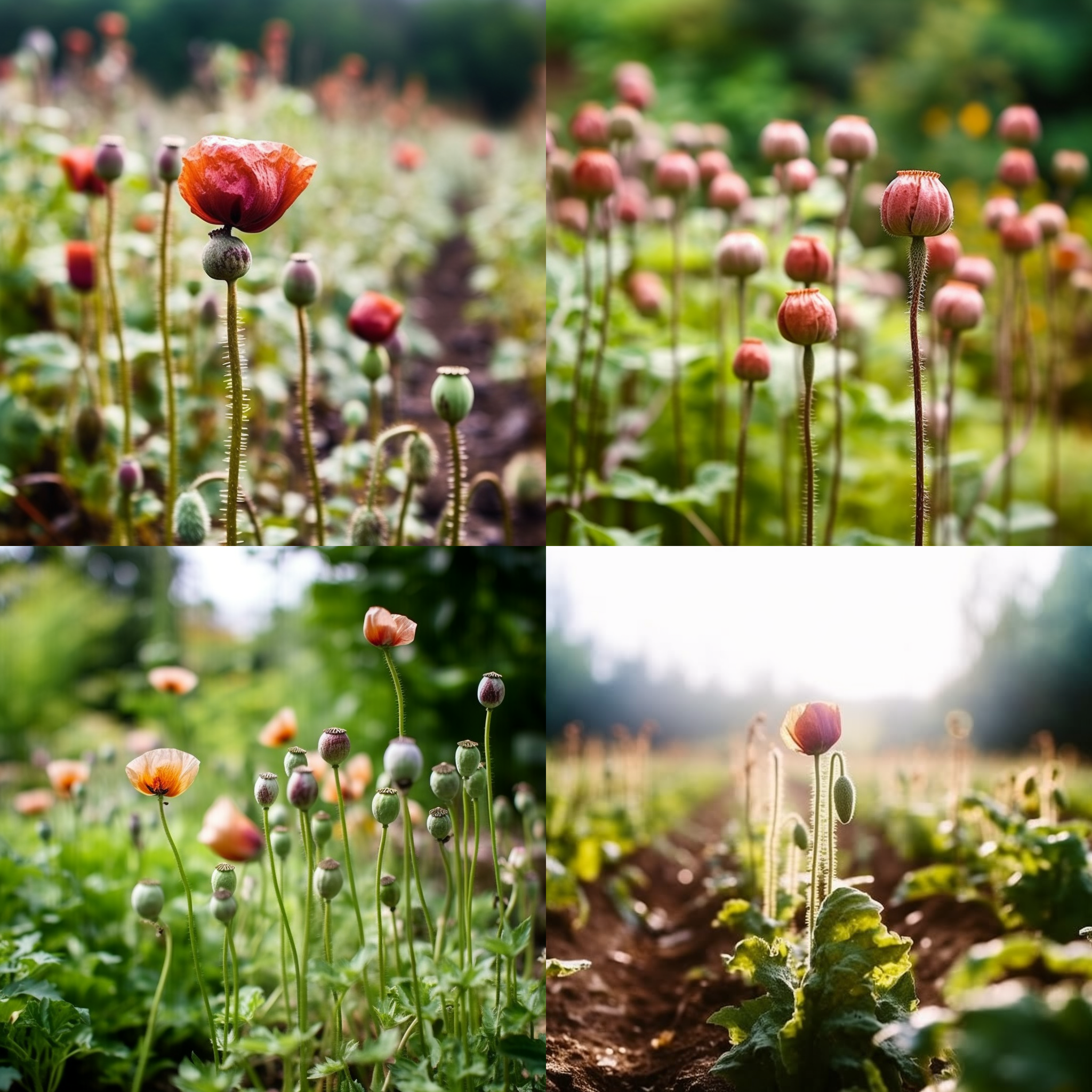Story of Day :
Contents
Poppy Plant: Complete Guide and Care Tips
Gardening is one of the most gratifying hobbies one can take up. Watching plants grow gives a sense of satisfaction that cannot be compared to anything else. Poppy plants are a popular choice for gardeners as they produce bright, vibrant-colored flowers that add beauty to any garden or landscape. If you’re new to gardening and want some tips on how to care for poppy plants, this guide has got you covered.
Understanding Poppy Plants

The poppy plant, also known as Papaver somniferum, is an annual plant with blooms ranging in color from white and pink to red and orange. The flowers have four petals with a black center that makes them stand out in the garden. The plant produces seed pods that contain opium; however, not all species of poppies have psychoactive properties.
- The root system: Poppy plants have shallow roots which make them easy to transplant but require frequent watering.
- Sunlight requirements: These plants require full sunlight exposure during the day
- Soil requirements: Poppies prefer well-drained soil with a pH level between 6.0-7.0

Caring For Your Poppies
If you want your poppies to thrive, there are several things you need to consider when caring for them.

Watering Requirements
Poppies need regular watering but ensure not overwatering as it could lead to root rot or fungal diseases; only water when the top layer of soil feels dry.

Fertilization Requirements
Poppies don’t require much fertilization since excessive nutrients could lead to leafy growth instead of flower production, but a phosphorous-rich fertilizer will help produce more flowers.
Pruning Requirements
Once the flowers have wilted and died, they should be pruned to promote more blooming and prevent the plant from redirecting its energy to seed production. Additionally, pruning helps maintain the plant’s shape.
Pest Control
The poppy plant is generally pest-free; however, aphids and spider mites could attack it. If you notice any infestation, use insecticidal soap or neem oil to control them before they cause significant damage.
Cultivating Poppy Plants
You can sow poppy seeds directly into the garden bed in late fall or early spring once temperatures rise above 60 F (16 C). Plant seeds by scattering them on top of soil and lightly press down with your fingers as these plants require light for germination.
- Spacing: Plant your poppies at least six inches apart
- Growing Season: Poppies bloom between May through August depending on your location’s temperature
- Maintenance: After sprouting is visible thin out weakest seedlings leaving only the healthiest ones every ten inches apart
- Diseases & Pests: Keep an eye out for fungal diseases such as Crown rot which may appear when there is excessive moisture around roots during hot weather periods
- Harvesting Seeds : Once petals have fallen off wait until pods turn brown then collect dry capsules , break open with fingers inside are tiny black seeds that can be used for baking or planting next season!
In Conclusion
The poppy plant adds a beautiful touch to any garden and requires minimal care. Caring for your poppies is easy as long as you ensure they receive sufficient sunlight, water, and nutrients. By following the tips in this guide, you can grow healthy poppy plants that will bloom beautifully throughout the growing season.
